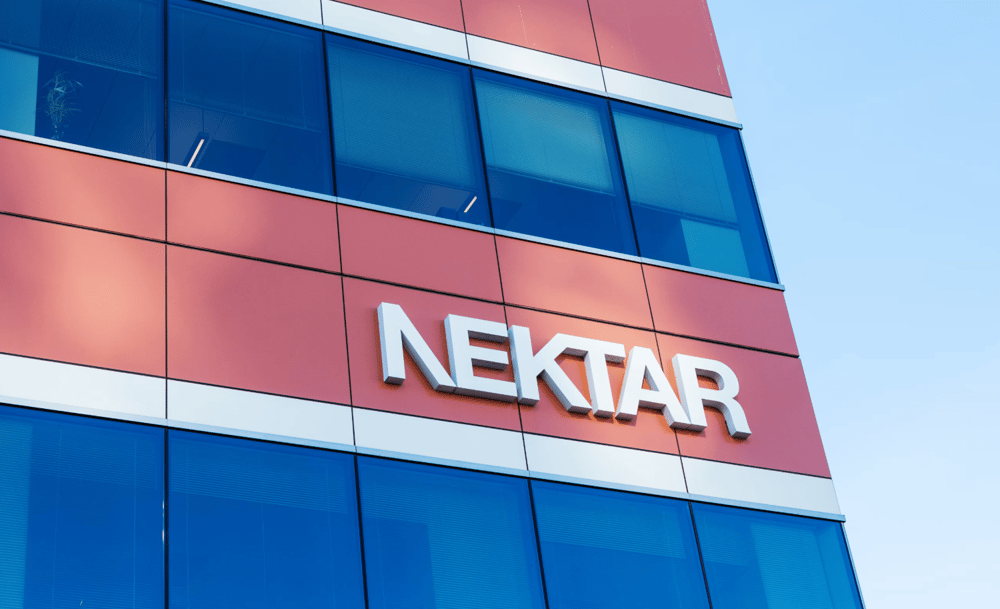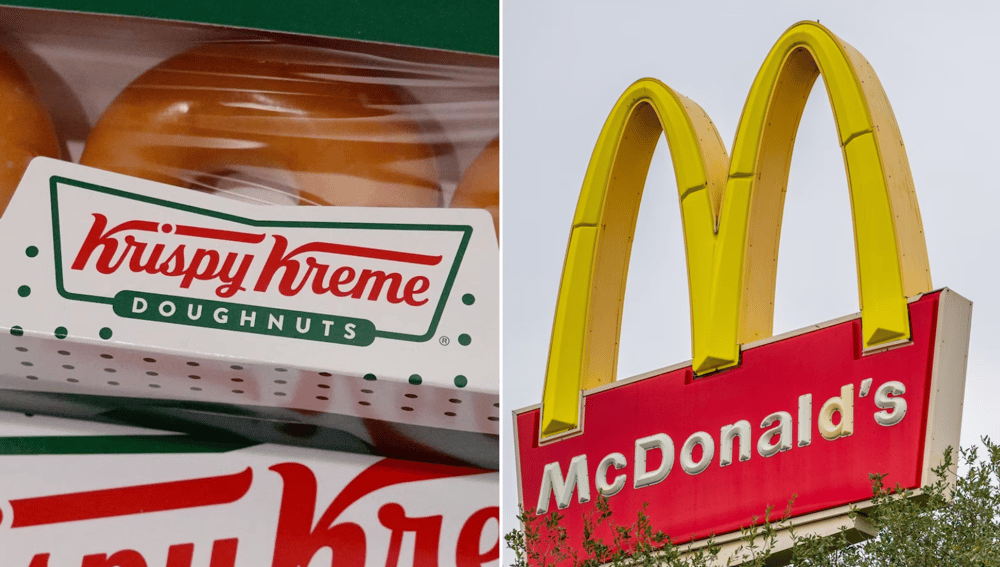Marks & Spencer Faces £300 Million Hit After Targeted Cyberattack Disrupts Supply Chain
British retailer Marks & Spencer Group plc $MKS.L has reported that a “highly sophisticated and targeted” cyberattack will cost the company an estimated £300 million ($403 million USD) in lost operating profit. The event has caused significant disruptions across its digital infrastructure, including its automated inventory and logistics systems, forcing the company to temporarily revert to manual operations.
Digital Outage Leads to Operational Setback
The breach, which is being described by cybersecurity experts as one of the most damaging cyber intrusions to hit a UK consumer brand in recent years, has crippled M&S’s high-volume supply chain. With its automated backend services down, Marks & Spencer has been forced to manually reroute billions of pounds worth of merchandise, including fresh food, apparel, and beverages.
According to internal reports, online retail services may not resume normal functionality until July, resulting in lost revenues, diminished customer satisfaction, and short-term reputational damage. The incident also reveals the increasing vulnerability of digitally integrated retail operations in the face of advanced cyber threats.

Key Facts
Cyberattack cost: ~£300 million in missed operating profit
Disrupted systems: Inventory, logistics, and e-commerce platforms
Expected recovery: Full restoration projected by July 2025
Temporary measures: Manual tracking and stock routing reintroduced
Nature of attack: High-tech, targeted, likely by state-backed actors
Market Response and Broader Implications
Financial Markets, Sector Sentiment, and Expert Commentary
The announcement triggered a sharp decline in Marks & Spencer Group plc on the London Stock Exchange, as investors reacted to the scale of financial exposure. While exact figures varied, shares opened over 7% lower post-disclosure, reflecting the gravity of the situation and broader concerns about retail cybersecurity resilience.
Analysts from Barclays and UBS noted that the attack could also affect quarterly retail performance indicators across the FTSE 350 retail sector, as concerns about supply chain vulnerabilities and IT infrastructure risks ripple across the industry.
The cybersecurity sector, meanwhile, saw an uptick in investor interest, with cybersecurity ETFs and UK-based providers such as Darktrace plc $DARK.L experiencing minor intraday gains. The juxtaposition highlights how critical digital integrity has become for core retail operations and investor confidence.

Core Developments
Marks & Spencer confirmed the breach originated via a third-party system vulnerability.
The attack forced a temporary halt to all automated product routing and inventory tracking.
Estimated revenue loss puts M&S’s 2025 Q2 outlook under significant pressure.
Insurance implications are being assessed, though cyber coverage limits may not offset the full cost.
Regulators have been notified, with UK’s National Cyber Security Centre (NCSC) leading the investigation.
Strategic Risk in the Digital Retail Era
The M&S cyberattack underscores the mounting operational and financial risks of digital transformation in retail. As automation and e-commerce platforms become mission-critical infrastructure, any compromise — whether through ransomware, zero-day exploits, or supply chain vulnerabilities — can result in cascading losses.
The incident not only places Marks & Spencer’s Q2 performance under scrutiny, but also serves as a wake-up call for multinational retailers and institutional investors to reassess cyber readiness as a core component of business continuity planning.
In the context of elevated inflation, tight consumer margins, and supply chain fragility, the financial toll and reputational damage of such an attack could have long-term implications for brand equity, shareholder trust, and market stability.















Comments